Day 28 - Strolling Through History In Arita Uchiyama, An Old Porcelain Town, The Kyushu 108 Temple Pilgrimage, Japan

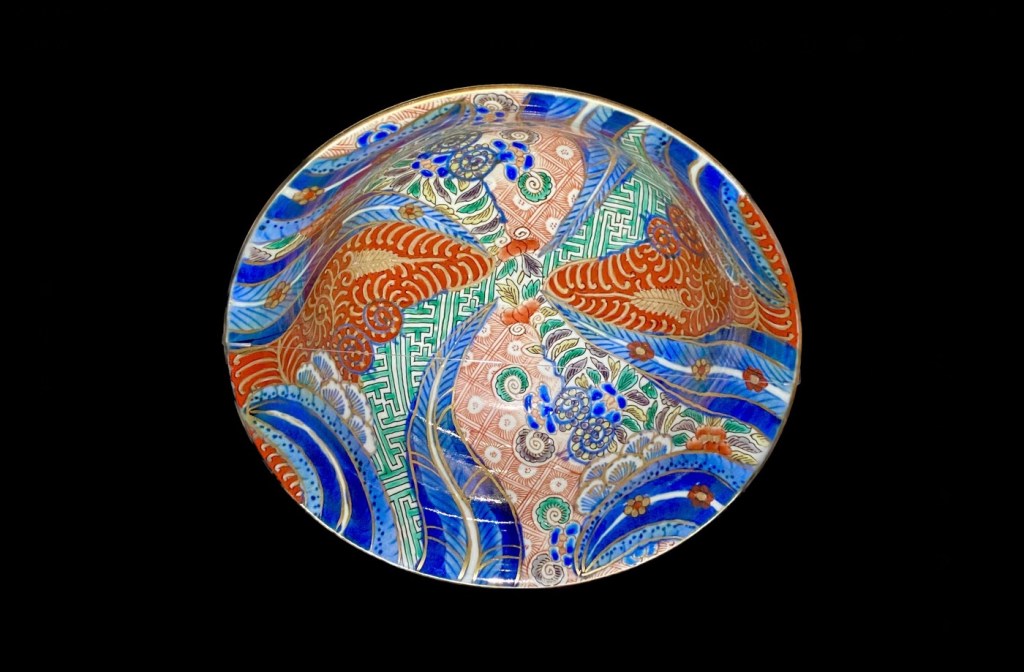

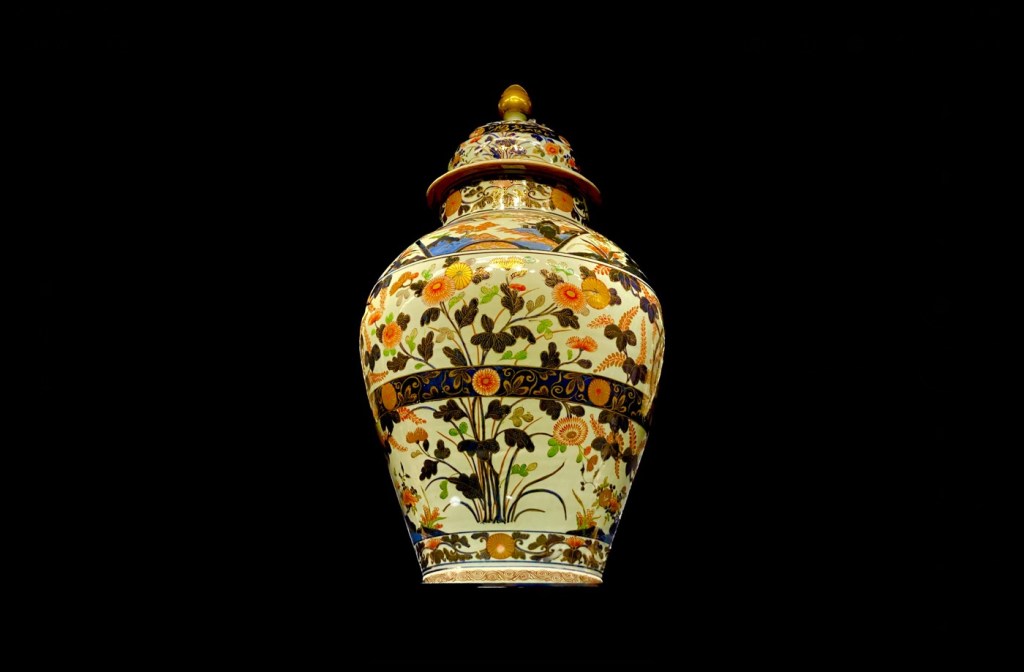






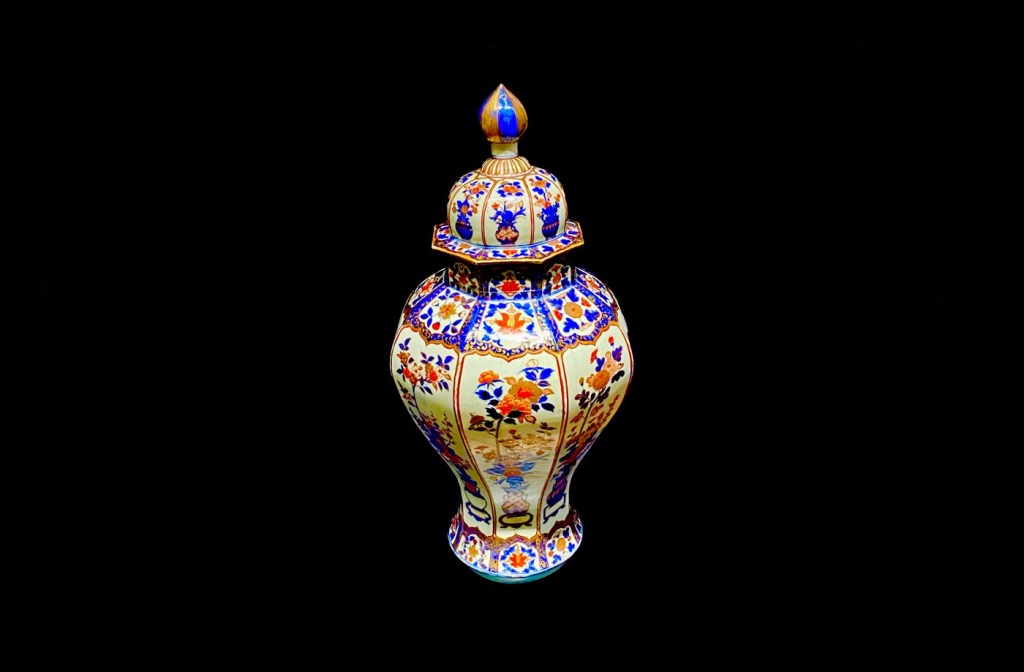

















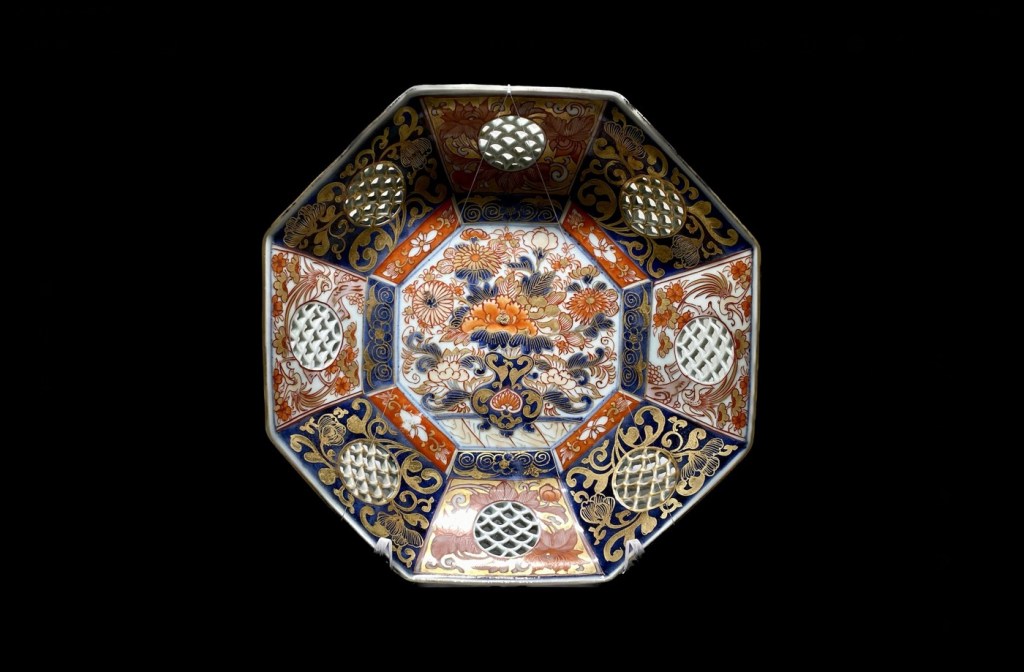
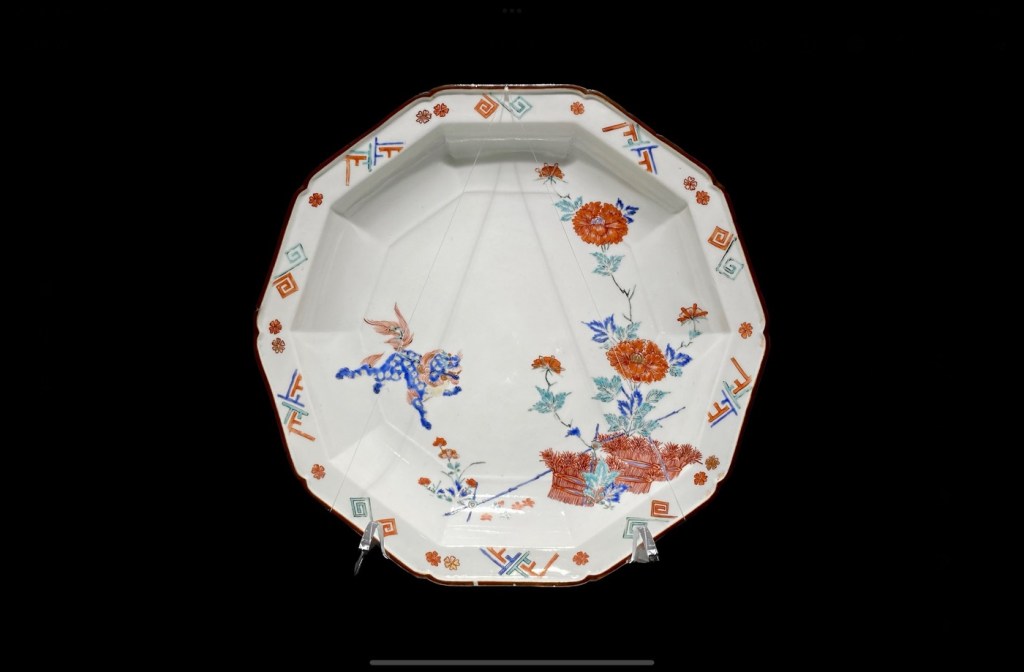


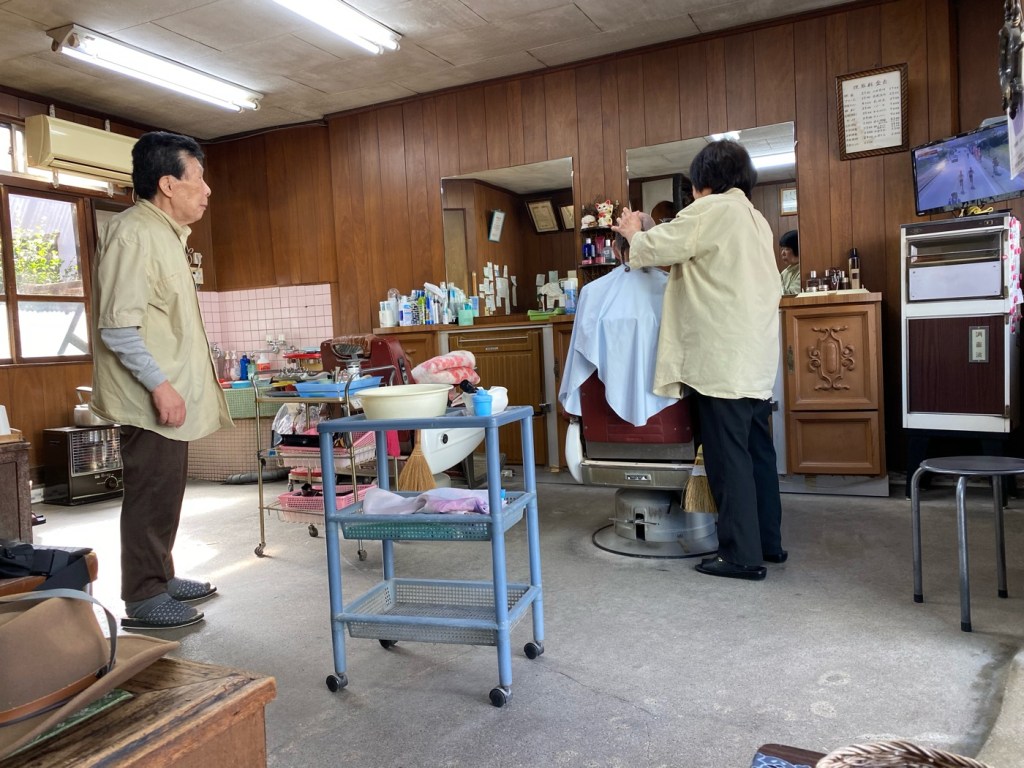


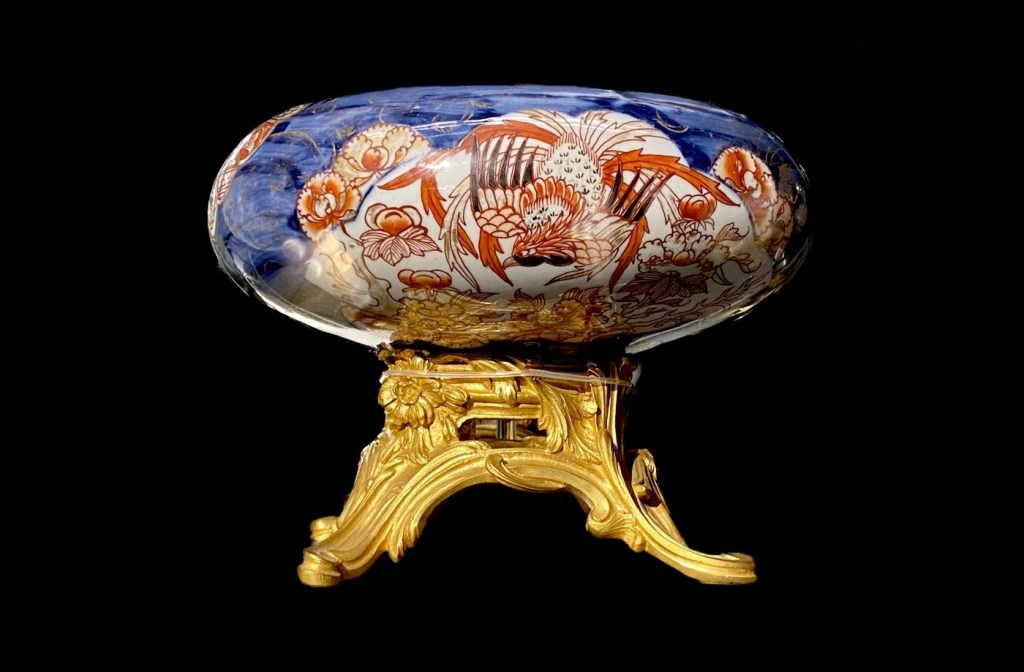

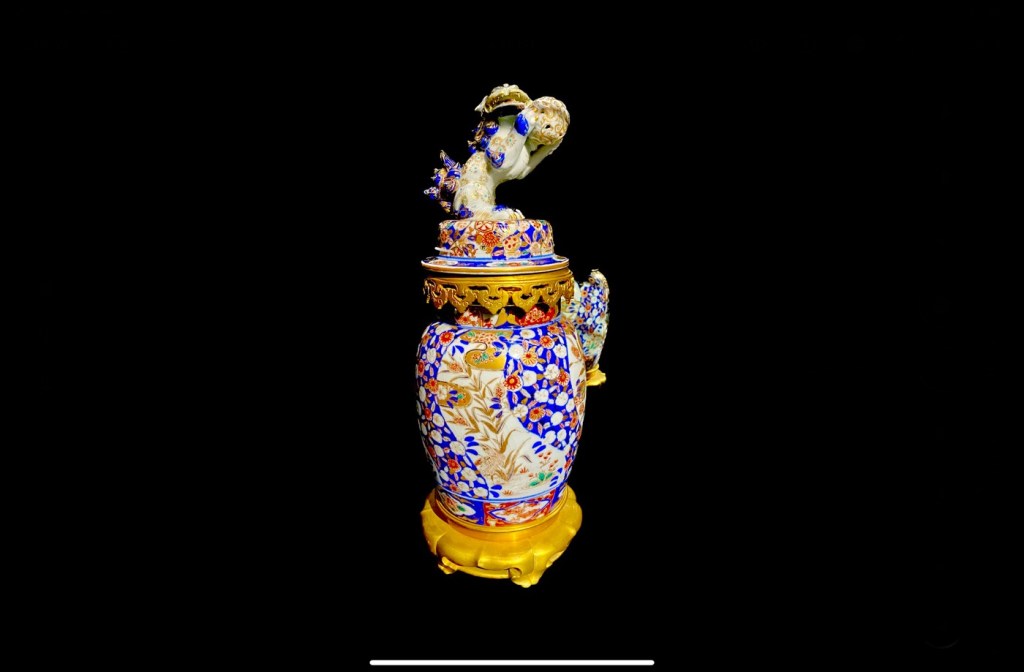


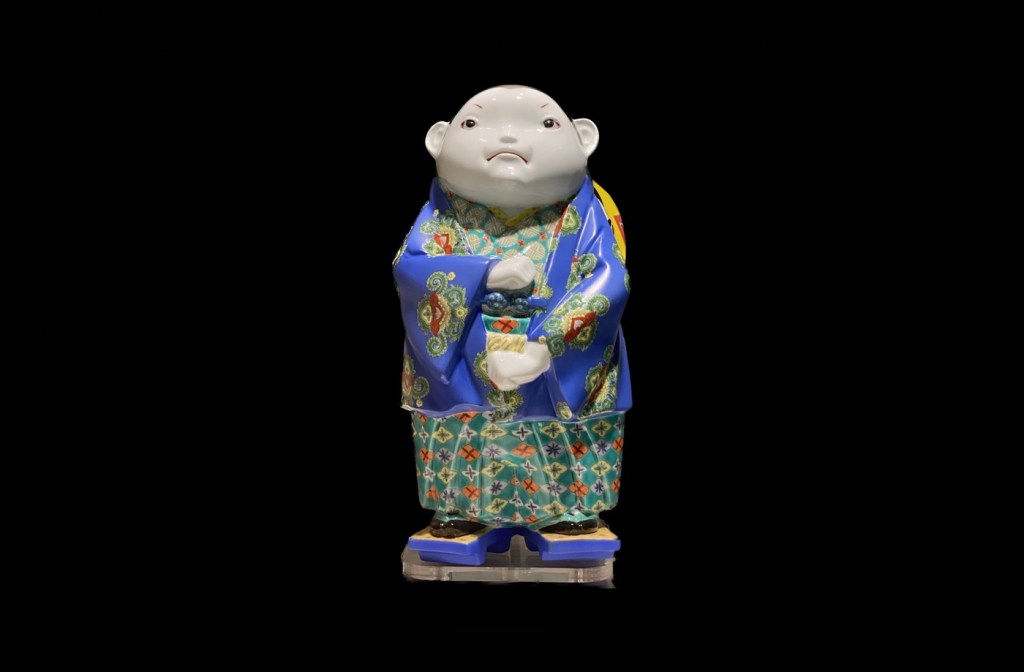



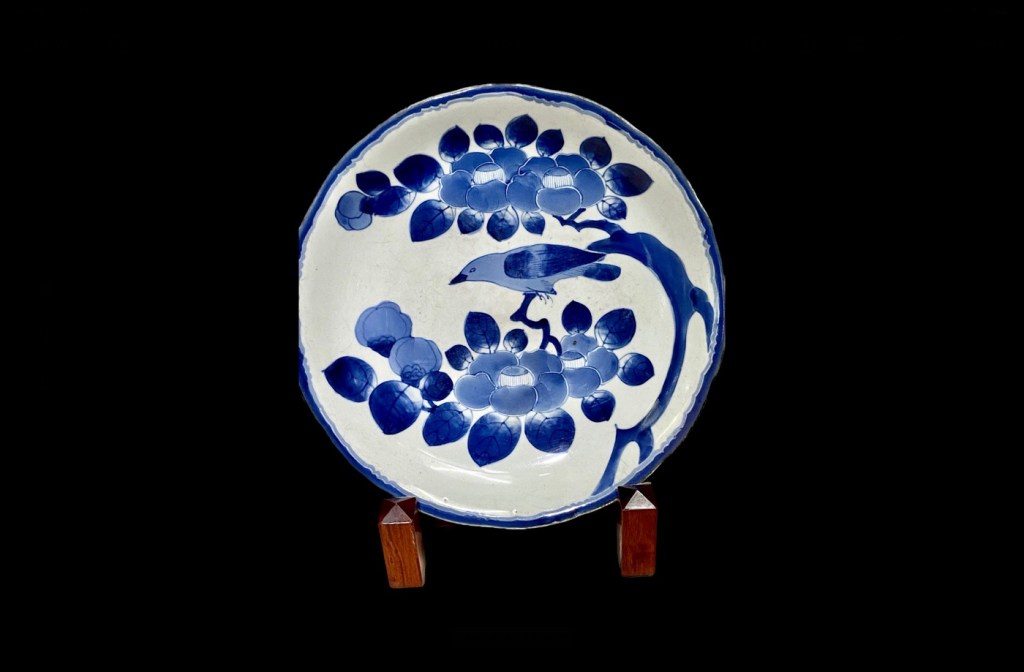
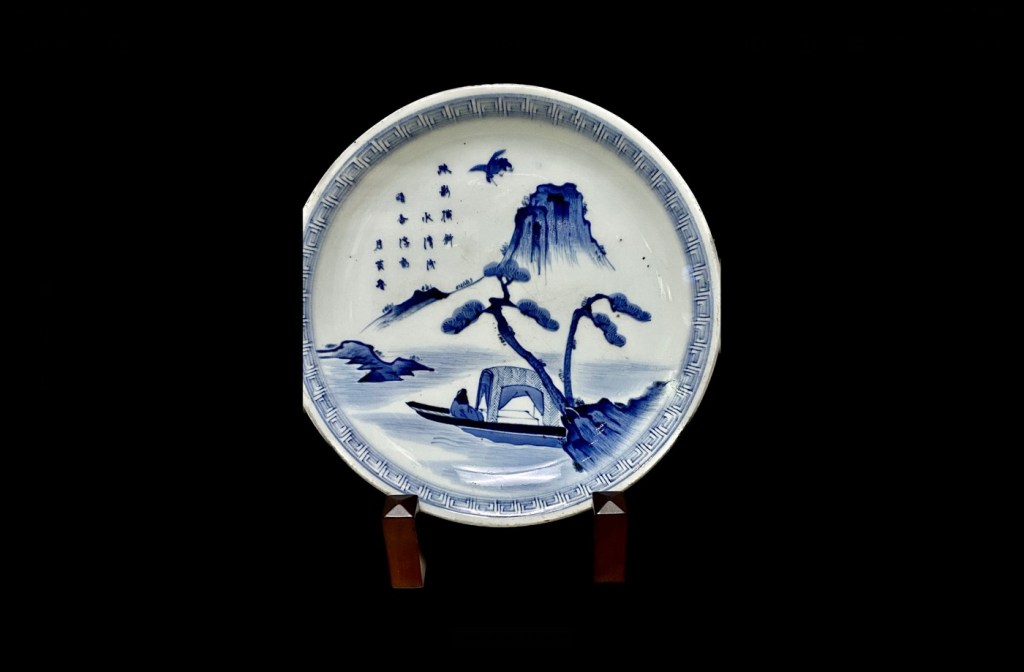




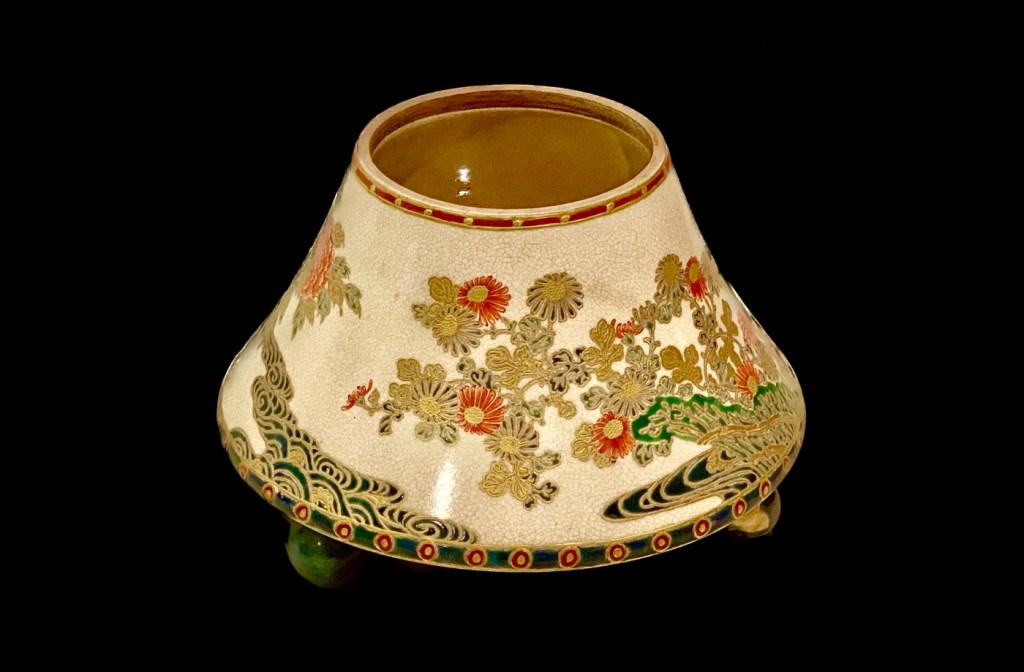

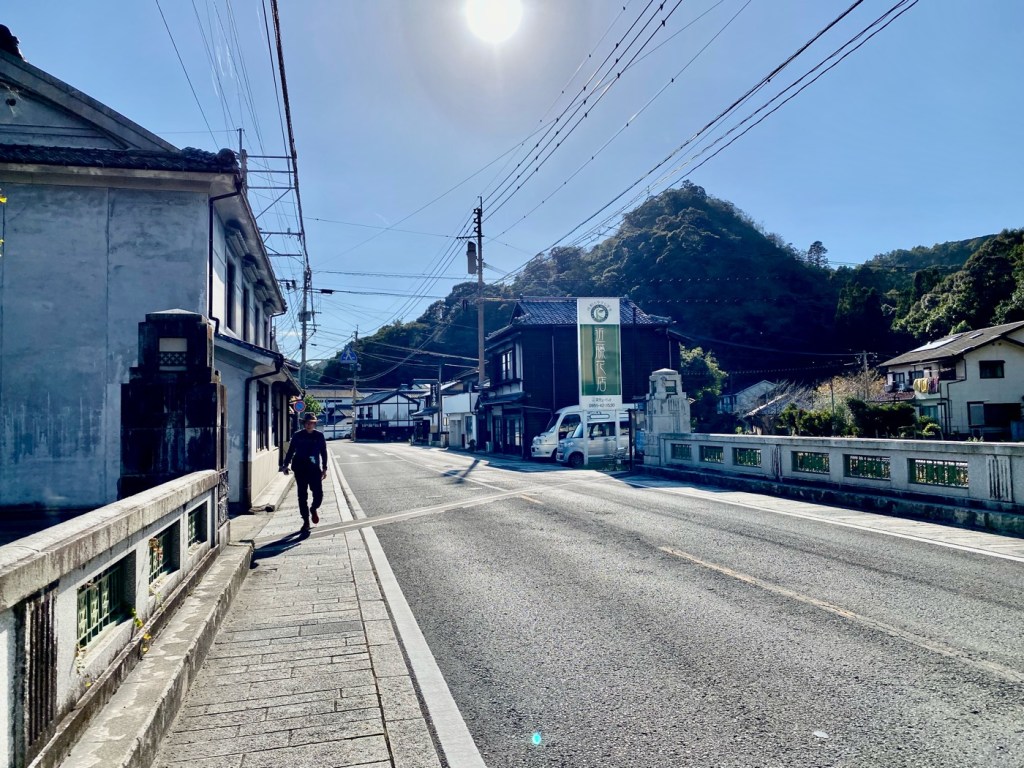

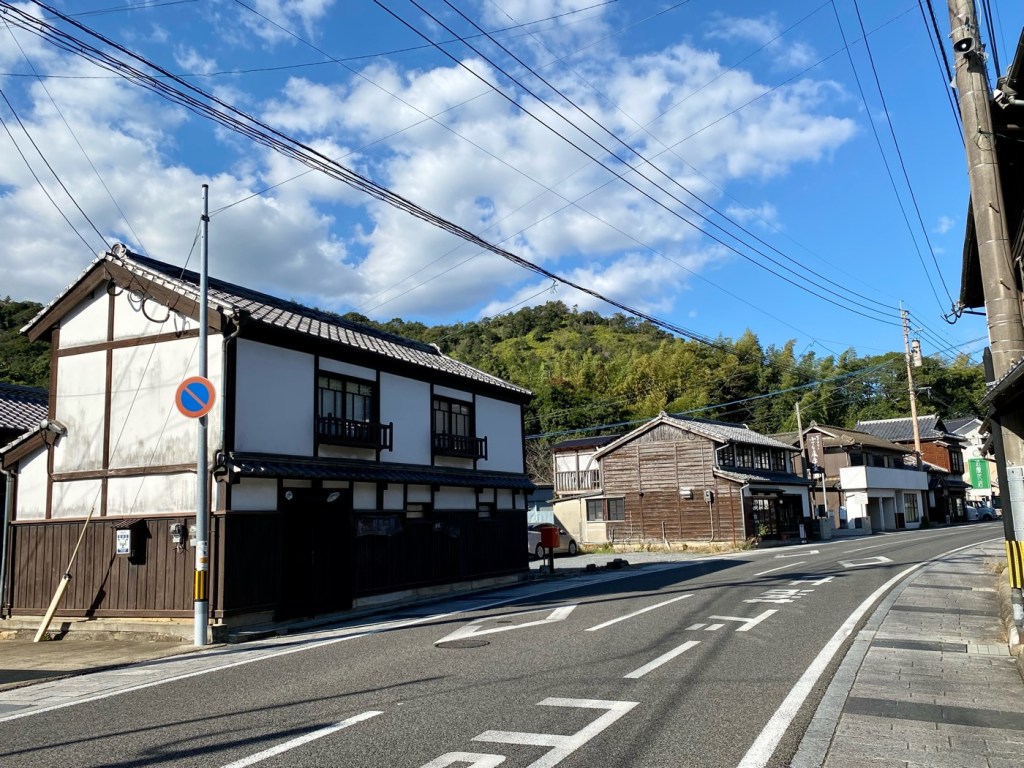



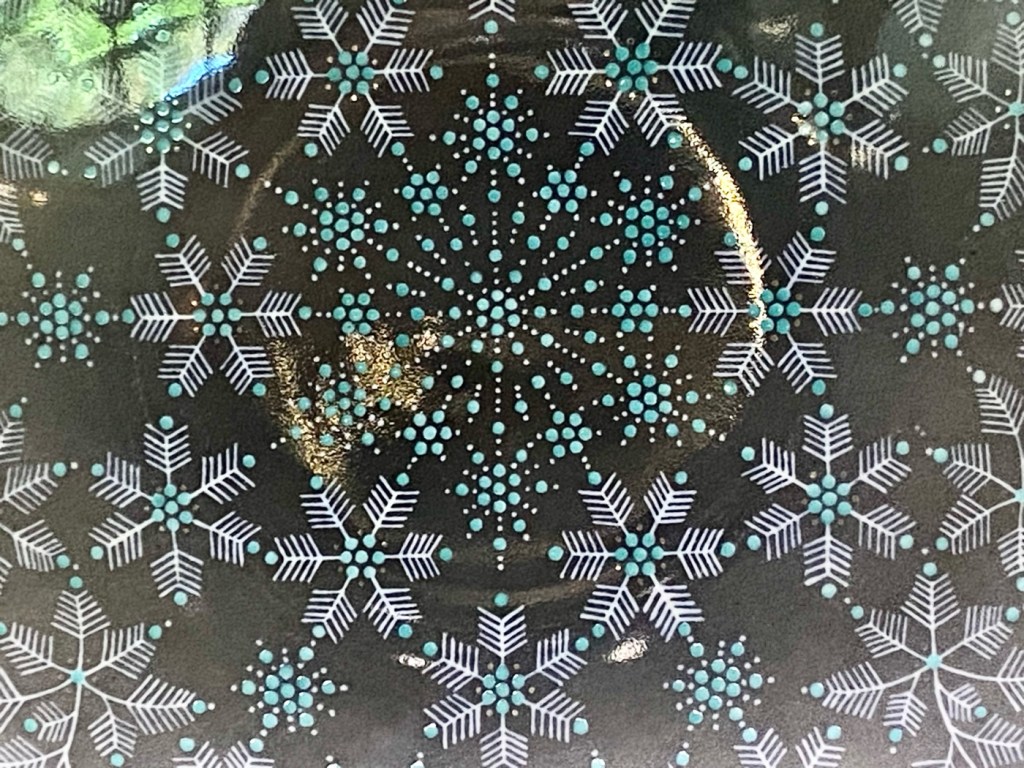


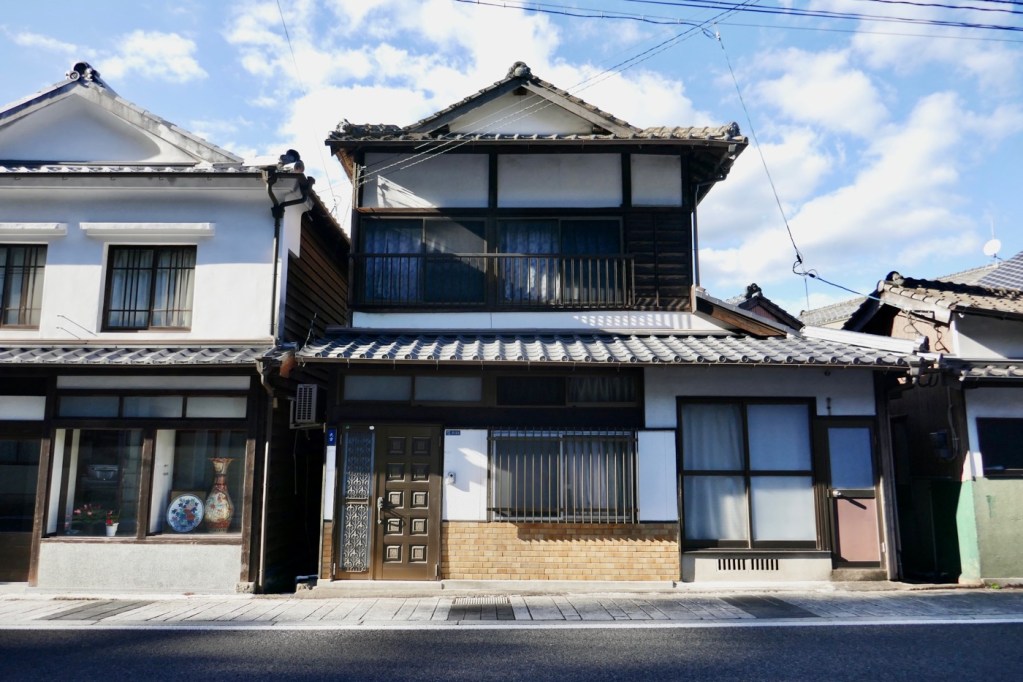
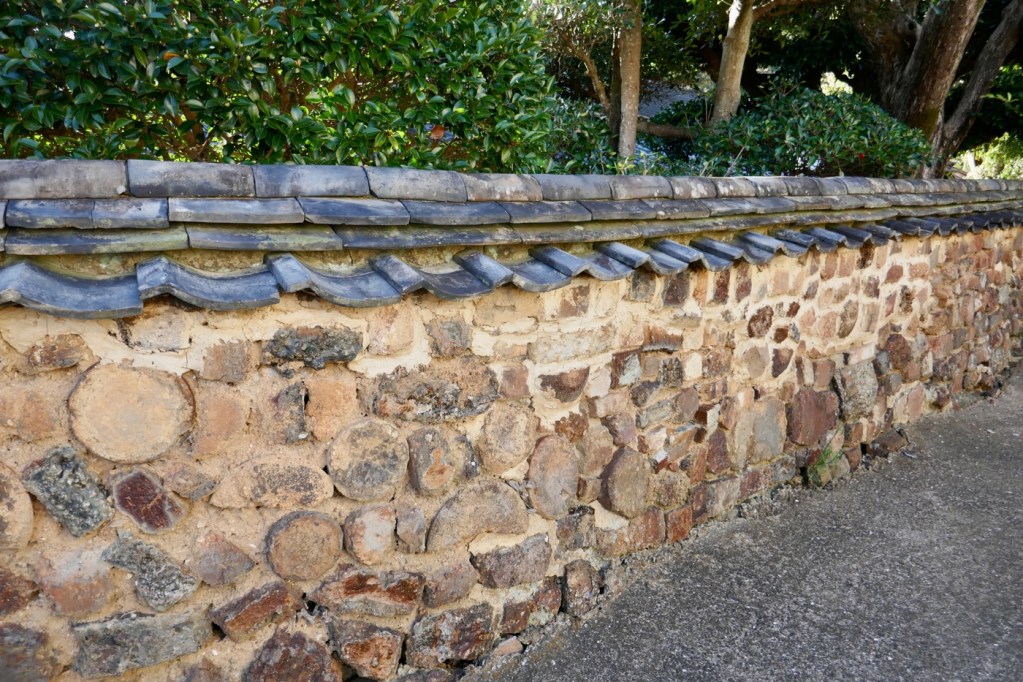

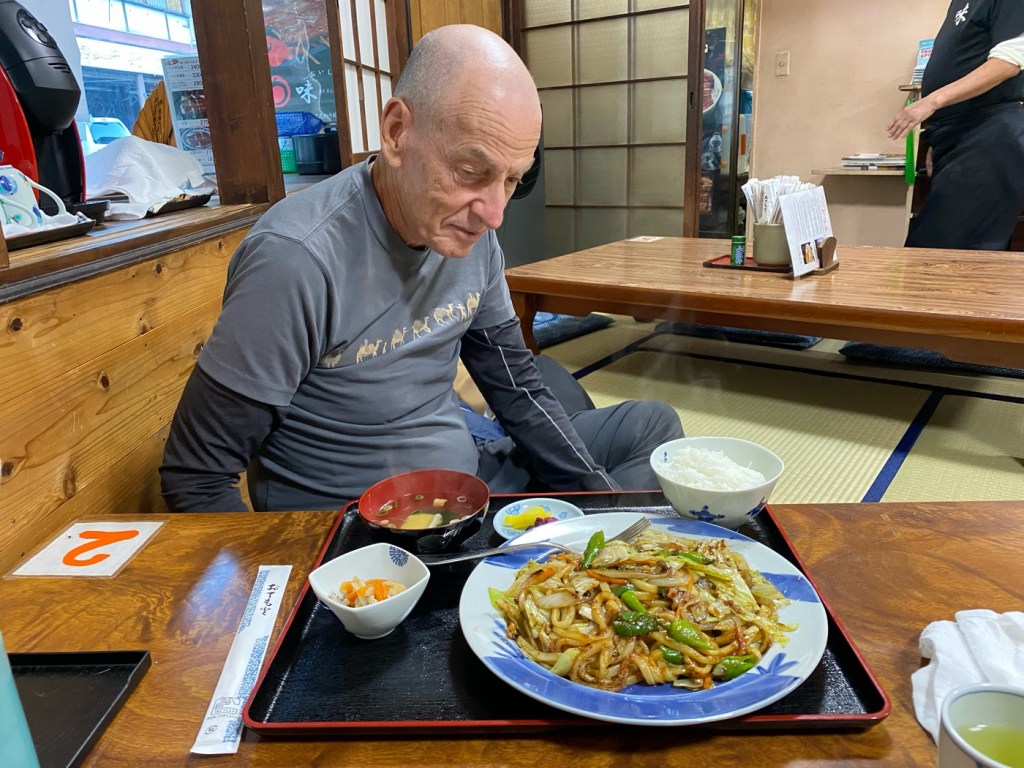

Day 28 - Strolling Through History In Arita Uchiyama, An Old Porcelain Town, The Kyushu 108 Temple Pilgrimage, Japan
This morning in Arita, we woke up to a cool but sunny day.
Finally, we pulled out of our heavy backpacks the fleeces that we have been carrying for weeks, and put them on.
We had an early Western style breakfast in our hotel, which left us wishing they served a Japanese breakfast instead.
They served us one piece of toast with one hollandaise egg that was cold and raw, a small green salad, a cold white soup and a white yogurt.
Just last night, when we ate cold pastries for dinner, we spoke about how we truly are getting better at this, learning to accept whatever comes our way, but from the look on Jules’s face, I could see he wasn’t really feeling much equanimity….
Back in our room, we meditated for the first time in weeks, unless you count our walking-meditation, which we do for hours every day.
Our first stop of the day was the Kyushu ceramics museum. We learned a lot about how Arita porcelain was made, how it has changed over the years, and what different styles of decoration were initially copied from Chinese Masters, and later were developed in Arita to include Japanese motifs.
Chinese ceramics were among the earliest to emerge of any ceramics in the world, and numerous white porcelain and celadon objects were brought to Japan by ship during the second half of the Heian period (11th to 12th centuries).
Porcelain was produced using underglaze cobalt blue techniques, which had been perfected during the 14th century in Yuan-dynasty hcChina.
Chinese porcelains were imported to Japan in large quantities during the Sengoku period in the 16th century, when they were used as luxury tableware.
Korean ceramics took their own path of development while incorporating influences from China.
Ceramic objects dating to the Joseon period in Korea were highly regarded in Japan as tea ceremony ceramics.
Karatsu ware is the oldest type of glazed stoneware in Kyushu that was first produced at the end of the 16th century with ceramic techniques that were introduced from the Korean peninsula to Japan.
The first firing of porcelain in Japan was done in Arita.
Soon after, the overglazing technique was perfected, which allowed Arita to evolve as the center of porcelain production in Japan.
Starting during the middle of the 17th century, imports of Chinese porcelain started to decline for political reasons, and that led to an abundance of unique Japanese designs.
The patterns used in Arita ware up to that time had reflected the influence of Chinese porcelain, and many Japanese artists simply copied the classical Chinese patterns.
After the decline in Chinese imports to Japan, Arita’s artists started introducing Japanese seasonal motifs such as cherry blossoms, maple leaves, and pink blossoms, as well as unique Japanese design elements like sweetfish, bonsai plants, snowflakes, spider webs, the peak of Mt. Fuji and pampas grass in front of the moon.
High-quality porcelain stone, a raw material from which porcelain is made, was found in Arita.
The Saga clan controlled the location of the ceramic industry, which was called the Arita Sarayama.
The Saga clan provided protection and support for the ceramic industry.
After we finished touring the museum, we went upstairs to the museum cafe.
The cafe served the local Goma sesame tofu, served with two different sauces.
I LOVE the creamy sesame tofu, and while Jules ordered a big toast to supplement the breakfast he didn’t eat, I ate both portions of the delicious sesame tofu.
After that we lingered in the cafe.
I caught up on my writing and Jules did some Japanese lessons.
We left the museum to visit central Arita.
The town of Arita originally had about 1000 buildings of historic importance involved in the porcelain trade.
They were all burned to the ground in the first part of the nineteenth century, due to a massive fire.
The buildings were reconstructed and the old part of Arita displays some of these beautifully designed and constructed houses and businesses.
As we walked into town, we stopped at a barbershop.
Jules wanted to get a haircut and it was best to do it on a rest day, rather than on a day when we are walking long distances and are short on time.
An old couple was in the vintage barbershop, and they looked stunned to see us come in.
I explained what we wanted done and they gave Jules a wonderful haircut and shave, using hot towels and a very careful and caring hand.
The Uchiyama is the name used to describe the center of the Arita Sarayama kiln district.
The street has a historical significance and all the houses were rebuilt after the big fire of 1828.
Once, Arita Uchiyama had a thousand households in the district.
After the fire, the town was restored, with the support of the Saga clan.
From the end of the shogunate government through the Meiji, Taisho and Showa eras, (1853-1988), the houses in town were restored using the white and black plastered walls, as well as European-style buildings, which you can still see in the present streetscape in Arita Town.
Even now, people still live in these old houses and carry on the ceramic and porcelain traditions.
Most of the store fronts are pottery shops and galleries.
The town of Arita currently has 147 restored houses, and 128 structures such as stonewalls called "Tombai" - red clay brick walls made of pots and ceramic parts.
I wish I could tell you that I saw many people buying these beautiful ceramics.
But the truth is that most people did not buy much and the prices ranged from really high to absolute bargains.
But Jules reassured me that Arita Porcelain is famous not just all over Japan, but also worldwide, and that people do buy it online.
Even though we are carrying heavy backpacks on this pilgrimage because of the winter clothes we carry with us, I couldn’t resist the temptation to buy two small porcelain tea cups to drink our tea, instead of carrying paper cups.
I imagine that they will probably not last long and will break soon, but at a price of $1.50 , I couldn’t resist taking a souvenir.
Arita holds the largest ceramic fair in Western Japan.
This event is held from April 29 to May 5 (Golden Week) every year, and has thousands of stores and stalls lining the six-kilometer long main street.
As we walked this long street, we were disappointed to see that we couldn’t find any places to eat.
The cafes all sold sweet cakes or stopped serving lunch earlier.
As I crossed the street to check the menu of one of the cafés, Jules met the Mayor of Arita.
The Mayor came up to Jules, shook his hand and introduced himself.
He thanked us for visiting the town, gave Jules his business card and offered to help us in any way he can.
Jules put the business card in his pocket and joked:
“Well, if I get arrested, I know who to call to help me get out of jail”…
After giving up on finding an open place to eat a late lunch, we decided to walk back towards our hotel, and maybe buy food at the supermarket.
Many restaurants in Arita serve Arita beef, which is evidently very popular.
There were no vegetarian offerings anywhere.
We ended up eating an early dinner at an excellent local Unagi eel restaurant.
The owner has a great reputation for grilling eel and for his superb sesame tofu.
I had a delicious eel set, and we ordered for Jules a dish of vegetarian stir fried Yaki udon noodles, which were not on the menu but which the warm hearted chef was happy to make.
His Goma sesame tofu was indeed divine.
We stopped at the grocery store to buy some fruit, then returned to our museum hotel in Arita Sera.
With love and tea cups,
Tali
Stats: 17,397 steps
Today’s walk: 12 km
Kilometers walked to date: 479
Temples visited: None- Sightseeing day in Arita.